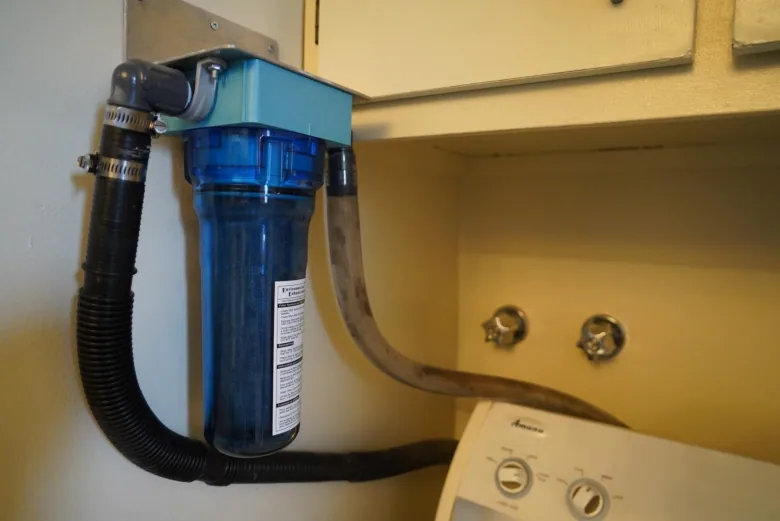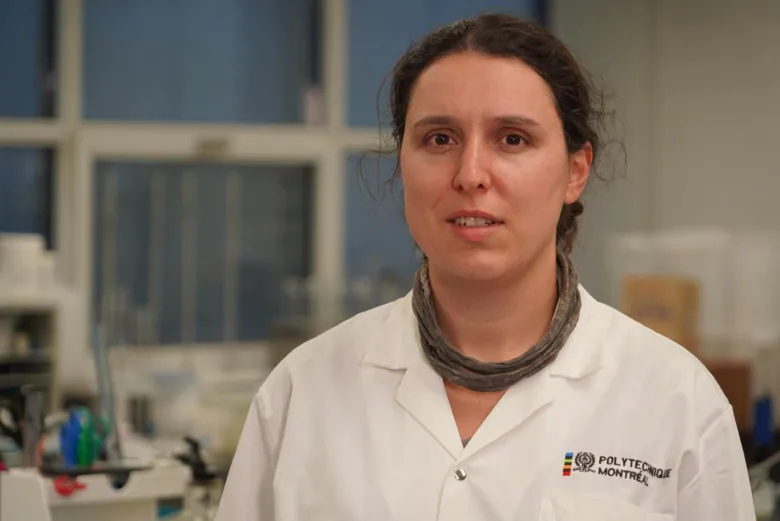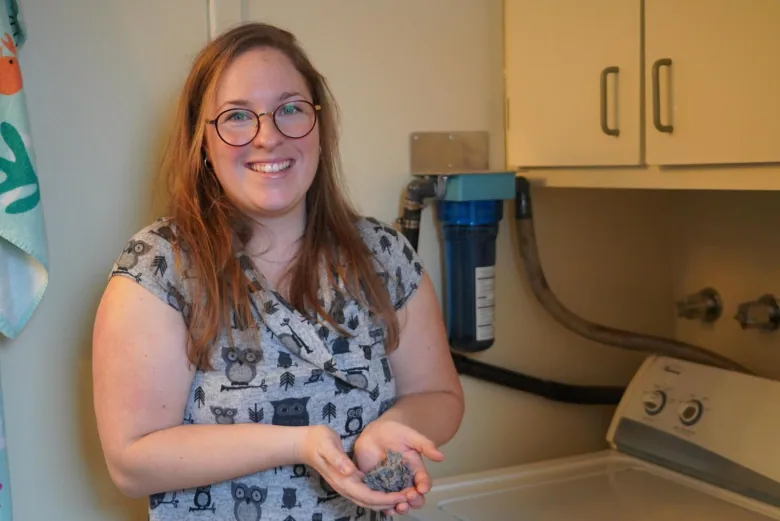The largest source of microplastic pollution in the oceans is textiles, accounting for around 35 percent of the microfibres that are released into the waters.
The waste water from washing clothes releases tiny fibres. These fibres can then travel to lakes, oceans, and marine organisms.
“All the plastic in our clothes, that we purchase, and we wash and throw away, we think we’re really getting rid off it,” saidLuisa Novar, project manager in waste and recycling management. Groupe de recommandations et d’actions pour un meilleur environnement(GRAME).
She said, “The truth is, we aren’t getting rid of it and that it comes back to you.”
“It enters into the food chain, it enters food we eat, water we drink, then it returns to us in this invisible form.”
The Lachine non-profit environmental group launched a citizen-led research program.
Around 30 residents were asked for assistance in installing a microplastic filtration device to their washing machines. This will capture microplastics before they are released into the sewage pipes.

Citizen-led research project on microfibres
Catherine Houbart is the executive director at GRAME. Participants will be asked to collect the lint and track the intensity of each wash cycle.
Then, participants will send the dried materials they collect from the filters to a lab at PolytechniqueMontralengineering school.
The non-profit organization also has partnered with several municipalities to offer subsidies for residents who install filters.

Scientists may be able to learn more about this type of pollution by looking at the contents of the filters.
Dominique Claveau-Mallet is a professor of wastewater management at Polytechnique Montral. He collects and studies these materials.
“My job” [is to]”Quantify the amount of plastic captured in this type of filtering,” said Claveau-Mallet.
She stated that she wanted to know how much plastic was released and the composition of it: size, type, and shape.
Claveau-Mallet states that microfibre pollution research is still relatively new. While there doesn’t appear to be any acute toxicities, there are still many questions about the long-term effects of microplastics in the environment and on the food chain.
According to her, the goal is to create protocols to measure microplastics in future. It is important to help people understand how clothes they purchase and wear affect the environment. It is also important to emphasize that there is too many plastics in our lives.

Lobbying for laundry filters to be made mandatory
The Lachine environmental organization hopes to convince the province to require these filters in all new laundry machine models in an effort to reduce microplastics in our streams, lakes and oceans.
It also wants to make filters more affordable and easier to use.
Houbart refers to France as an illustration. As of 2025, all new washing machine must have a filter that captures plastic microfibres.

